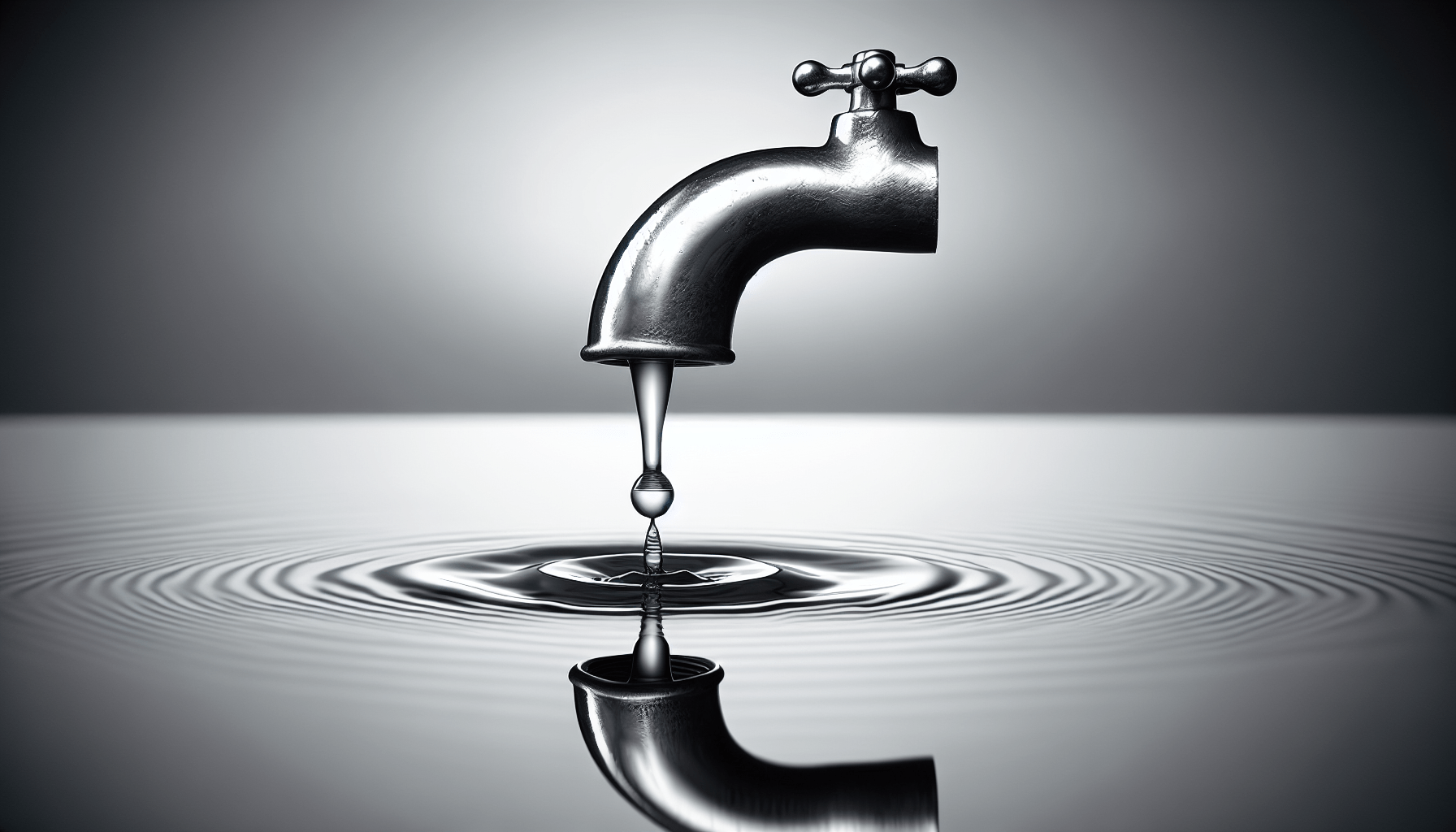Imagine enjoying a cool dip in your very own swimming pool on a hot summer day, feeling refreshed as the water surrounds you. However, have you ever stopped to consider the environmental impact of owning a swimming pool? In this article, we will explore the environmental considerations, specifically focusing on water usage and energy efficiency, that come with the privilege of having a pool in your backyard. Dive in as we uncover the hidden responsibilities behind owning a personal aquatic oasis.
Water Usage of Owning a Swimming Pool
Owning a swimming pool provides endless fun and relaxation, but it’s important to consider the environmental impact of this luxury. One of the main factors to consider is the water usage involved in maintaining a pool. There are several key factors that can affect how much water your pool consumes, including evaporation, backwashing, leaks, top-ups, and water conservation measures.
Evaporation
Evaporation is a major contributor to water loss in a swimming pool. Factors such as temperature, humidity, and wind speed can significantly increase the rate of evaporation. On hot and windy days, the water in your pool can easily disappear into thin air. This not only leads to water wastage but also necessitates the need for frequent refilling.
To tackle the issue of evaporation, there are a few measures you can take. Firstly, keeping the pool covered when it’s not in use can greatly reduce evaporation. A pool cover acts as a barrier, preventing water from evaporating and also reducing heat loss. Additionally, strategic landscaping around the pool area can help create windbreaks, reducing the impact of wind on evaporation.

Backwashing
Backwashing is a necessary process to keep your pool water clean and clear. It involves reversing the flow of water through the filter to flush out dirt and debris. However, this process can result in significant water wastage. On average, backwashing can use up to 200 gallons of water per cycle.
To minimize water wastage during backwashing, consider installing a multiport valve with a recirculate setting. This allows you to bypass the filter and recirculate the water back into the pool without wasting it. Additionally, regular cleaning of the filter can help maintain its efficiency and reduce the need for frequent backwashing.
Leaks
Pool leaks can go undetected for long periods, leading to significant water loss. Even a small leak can result in hundreds of gallons of water being wasted every day. It’s important to regularly check for and fix any leaks in your pool to prevent unnecessary water usage.
Detecting pool leaks can be tricky, but there are a few signs you can look out for. If you notice a sudden drop in water level that is not due to evaporation or backwashing, it could be an indication of a leak. Additionally, damp spots around the pool area or the sound of running water when the pool is not in use can also point to a leak. Regular maintenance and inspection can help identify and fix any leaks promptly.
Top-Ups
Regular top-ups are necessary to maintain the water level in your pool due to evaporation, splashing, and backwashing. While it may seem like a minor aspect of water usage, these top-ups can add up over time. It’s estimated that an average-sized pool can lose around 2-3 inches of water per week, requiring frequent top-ups.
To control top-ups and reduce water wastage, consider investing in an automatic pool water leveler. This device monitors the water level and automatically adds water when necessary, ensuring that the pool remains at a consistent level without any excessive usage. Additionally, regular monitoring of the pool’s water level can help identify any leaks or excessive evaporation.

Water Conservation Measures
Implementing water conservation measures can significantly reduce the water usage of owning a swimming pool. There are various strategies you can adopt to conserve water and minimize environmental impact.
One of the most effective measures is covering the pool when it’s not in use. A pool cover acts as a barrier, preventing evaporation and reducing heat loss. This not only minimizes water usage but also saves on energy costs by reducing the need for heating. There are different types of pool covers available, ranging from manual covers to automatic covers, each with its own benefits and features.
Regular maintenance is also crucial in conserving water. Proper cleaning and maintenance of the pool not only ensure its longevity but also minimize water waste. By regularly evaluating the water quality and ensuring it remains balanced, you can avoid excessive draining and refilling. Furthermore, using environmentally friendly cleaning products can help minimize chemical pollution and safeguard the ecosystem.
Investing in efficient filtration systems is another way to conserve water. High-efficiency filters can trap smaller particles and require less frequent backwashing, reducing both water and energy consumption. Additionally, consider installing variable-speed pumps, which allow you to adjust the flow rate and further save on energy usage.

Rainwater Harvesting
Another sustainable approach to water usage in owning a swimming pool is rainwater harvesting. By collecting and storing rainwater, you can use it for pool refills and reduce reliance on freshwater sources. Not only does this help conserve water, but it also reduces the strain on local water supplies and reduces the overall environmental impact of pool ownership.
To implement rainwater harvesting, you can install a system that directs rainwater from your roof or other surfaces into a storage tank. The collected rainwater can then be treated and used for pool refills, as long as local regulations and guidelines permit. It’s essential to regularly maintain the rainwater harvesting system and ensure the stored water is clean and safe for use in the pool.
In conclusion, owning a swimming pool comes with its own set of environmental considerations, especially regarding water usage. Factors such as evaporation, backwashing, leaks, and regular top-ups can contribute to significant water waste. However, by implementing water conservation measures, such as covering the pool, regular maintenance, and rainwater harvesting, you can minimize the environmental impact and promote sustainability in pool ownership.



